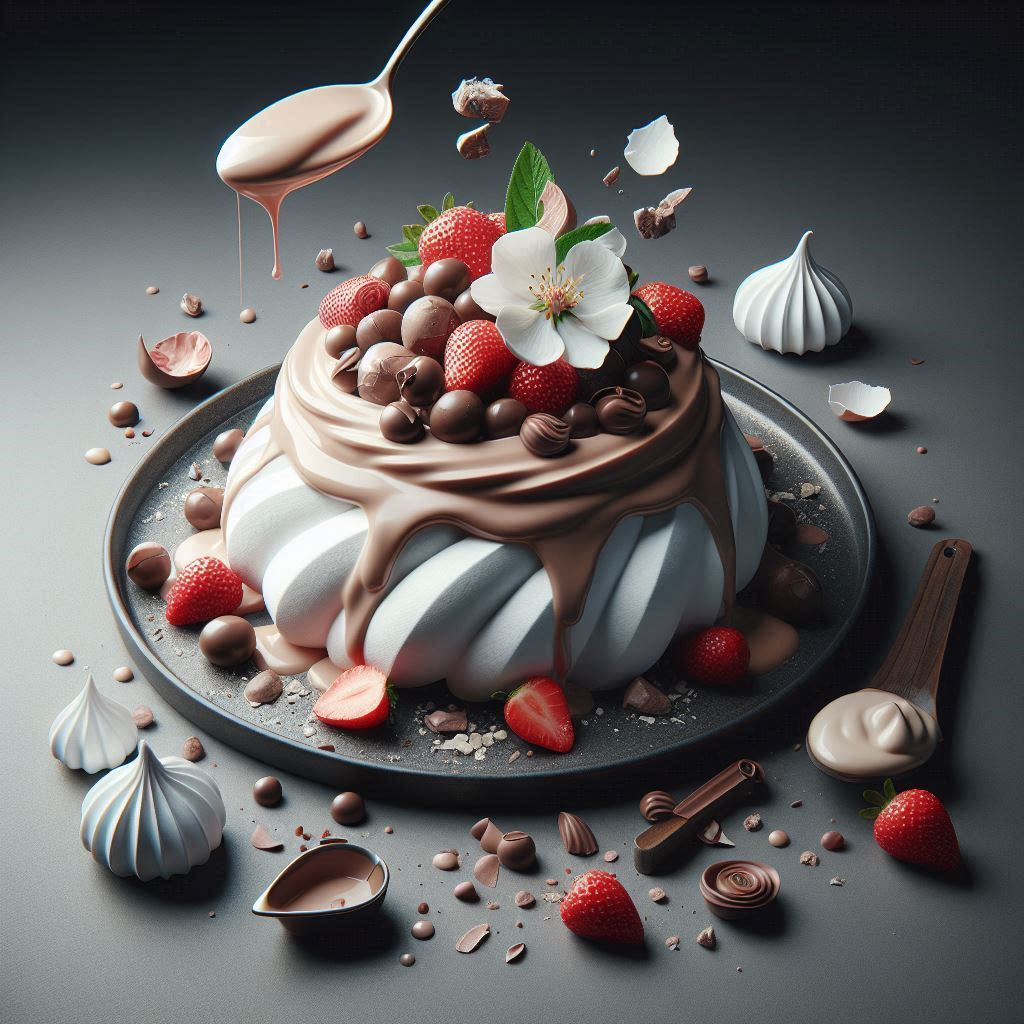
A Sweet History: The Story and Secrets of Pavlova
The Pavlova, a delicate meringue masterpiece crowned with whipped cream and fresh fruit, is a dessert that embodies elegance and summery joy. Its origins, however, are shrouded in a bit of culinary mystery, with both Australia and New Zealand claiming it as their own.
Let’s delve into the fascinating history of this iconic dessert and uncover the secrets to crafting the perfect Pavlova:
A Culinary Debate:
The story of the Pavlova begins in the early 20th century, shortly after the death of the renowned Russian ballerina, Anna Pavlova. While the exact year of its creation remains uncertain, it is generally believed to have been around 1926.
Both Australia and New Zealand lay claim to the Pavlova’s invention, each with their own compelling narratives.
-
The Australian Claim: The Australian story centers around Chef Herbert Sachse of the Hotel Esplanade in Perth. It is said that he created the dessert in 1926 to honor Anna Pavlova during her tour of Australia.
-
The New Zealand Claim: New Zealand’s claim rests on the testimony of Elizabeth “Lizzie” Allen, a chef at the Hotel St. Moritz in Wellington. She claims to have created the dessert in 1926 as a tribute to the ballerina.
While the true inventor remains a subject of debate, both countries proudly celebrate the Pavlova as a national culinary treasure.
The Perfect Pavlova: A Symphony of Texture and Flavor:
The beauty of the Pavlova lies in its delicate balance of textures and flavors. A crisp, airy meringue shell, light and fluffy whipped cream, and the vibrant sweetness of fresh fruit create a symphony of taste that tantalizes the senses.
Crafting the Meringue:
The heart of the Pavlova is its meringue, a delicate structure made from egg whites and sugar. Here are the key steps to achieving a perfect meringue:
- Egg Whites: Use fresh, room temperature egg whites for the best results.
- Sugar: Gradually add granulated sugar to the egg whites while whisking, ensuring that the sugar dissolves completely.
- Whisking: Whisk the egg whites until they form stiff peaks that hold their shape.
- Stability: Add a pinch of cream of tartar to the egg whites for added stability.
- Baking: Bake the meringue in a low oven for around an hour, allowing it to dry out gently.
The Finishing Touches:
Once the meringue is baked, it’s time to add the finishing touches that make the Pavlova truly special:
- Whipped Cream: Whip heavy cream until it forms soft peaks.
- Fresh Fruit: Use a variety of fresh, seasonal fruits to add vibrant color and flavor. Popular choices include strawberries, raspberries, blueberries, kiwifruit, and passion fruit.
- Optional Extras: For an extra touch of indulgence, you can add chocolate shavings, chopped nuts, or a drizzle of honey.
The Legacy of the Pavlova:
The Pavlova continues to be a beloved dessert around the world, enjoyed for its elegance, versatility, and delightful combination of textures and flavors. Whether you prefer it with a classic combination of strawberries and cream or explore more adventurous fruit pairings, the Pavlova remains a timeless treat that celebrates the artistry of baking and the joy of sharing a delicious dessert.



